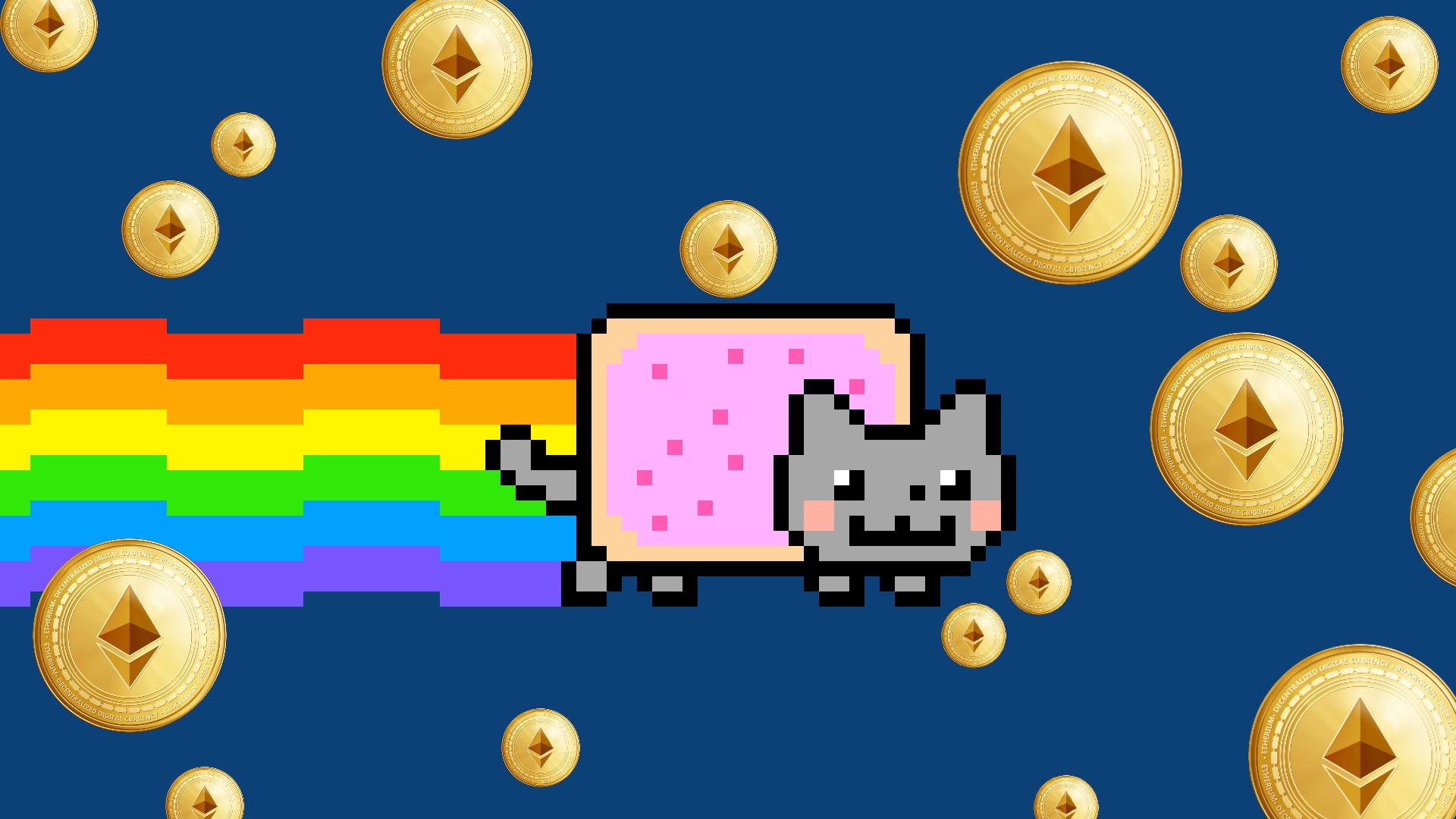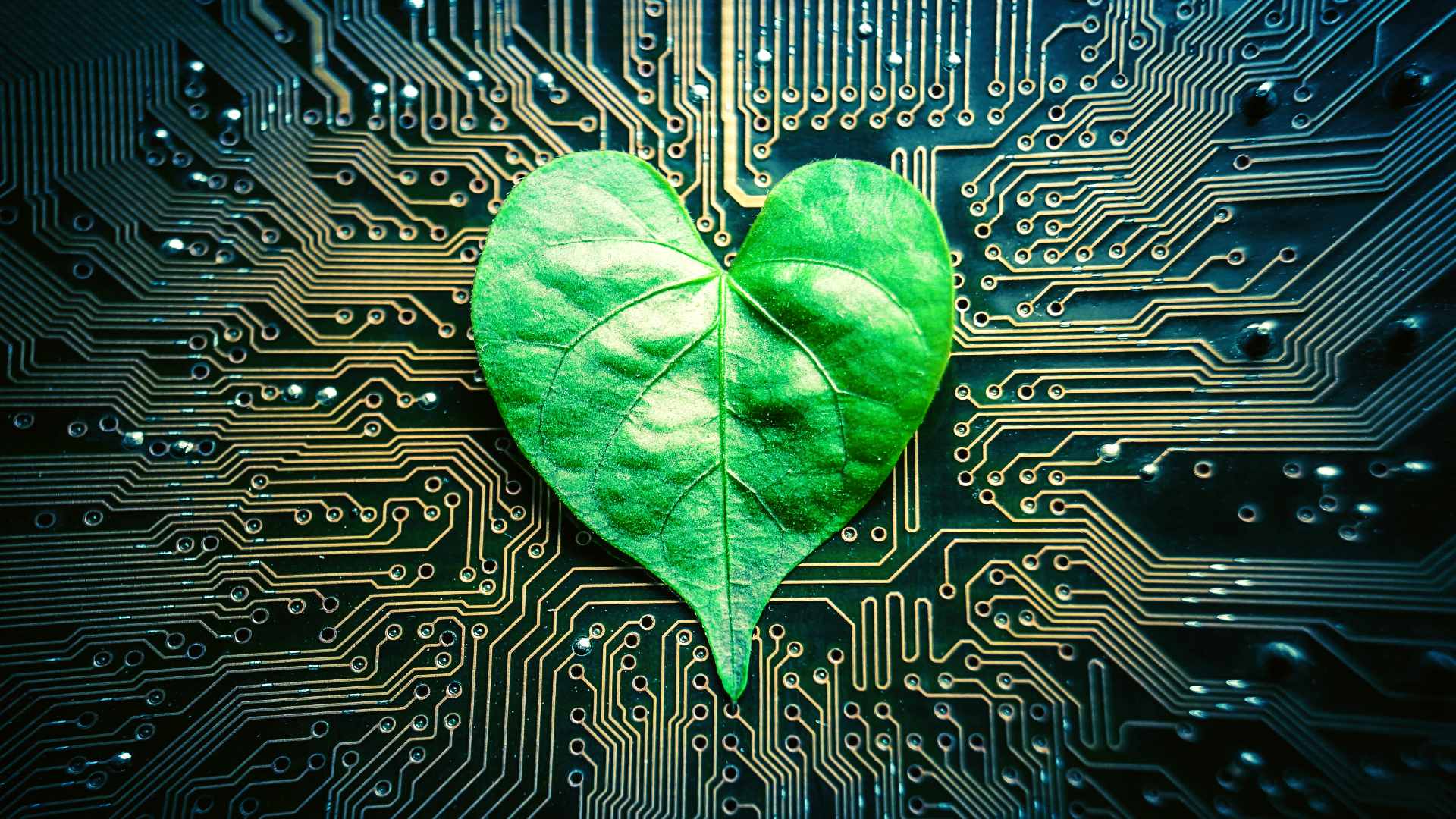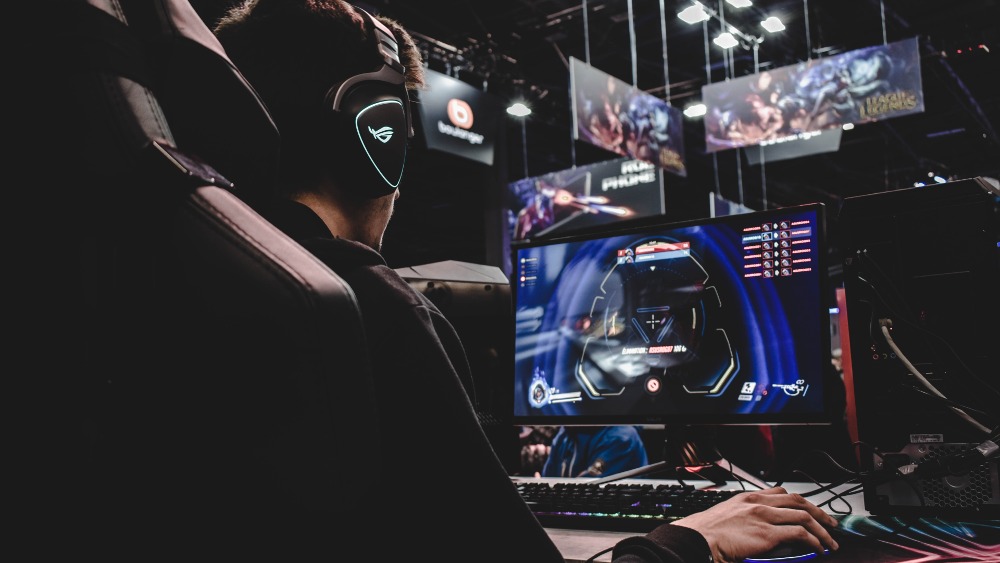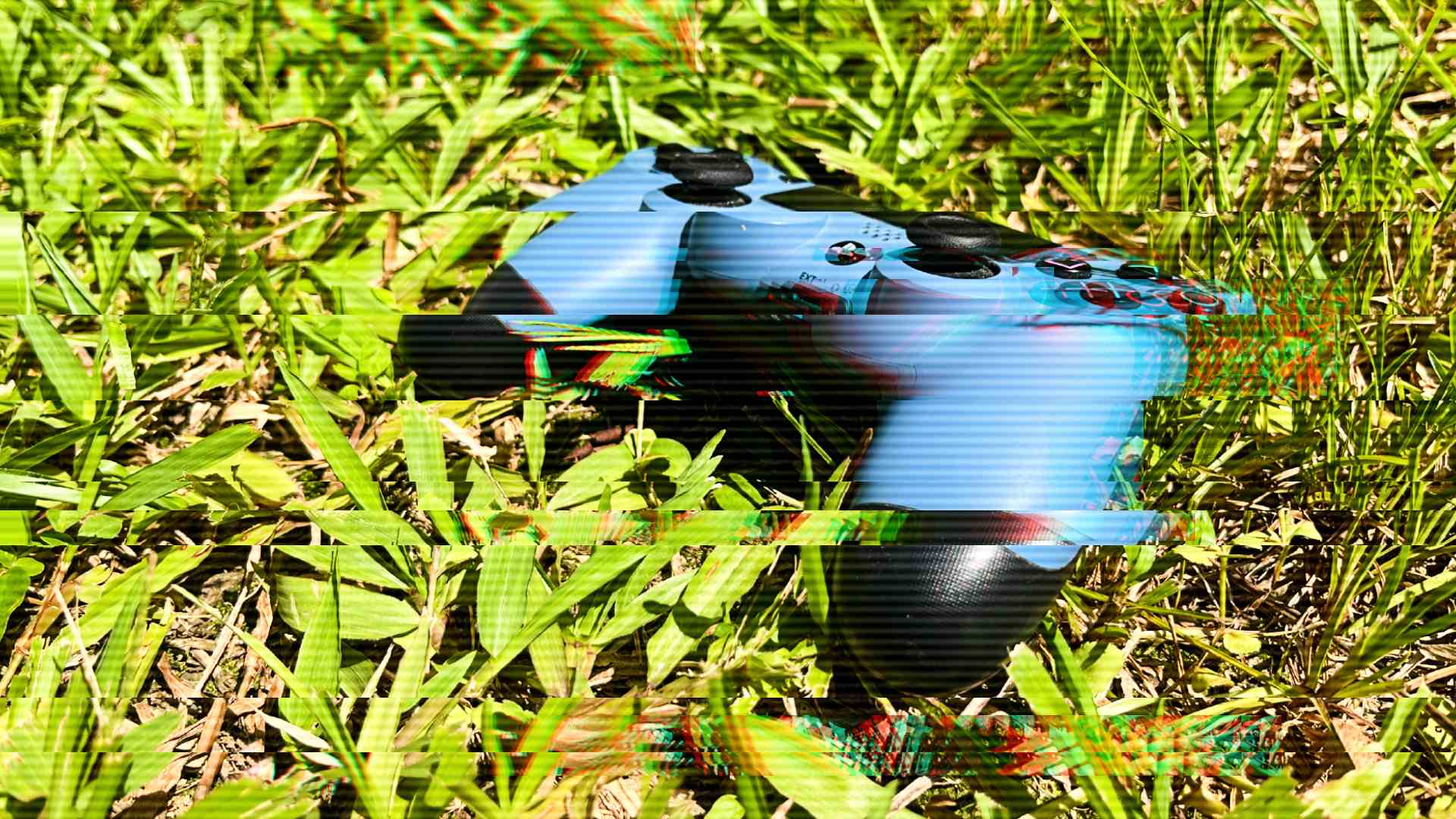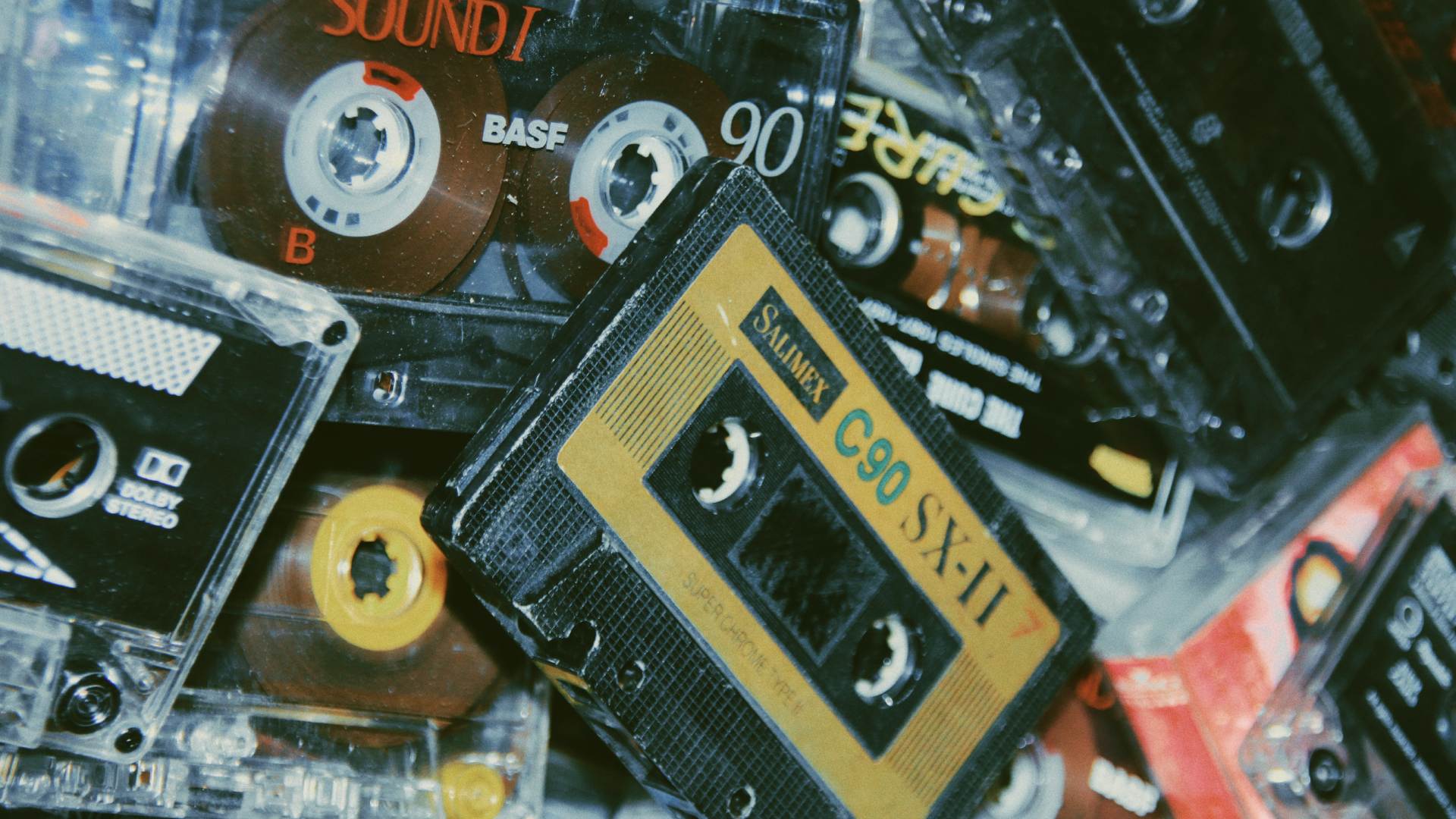Tech Talk: Of NFTs, Digital Dollars And Trading Cards
A lot of unusual trends have materialised during the pandemic, but the rise of collectibles such as trading cards is something I didn’t see coming. As a Pokémon card player, I was shocked to learn that some of the cards I own have skyrocketed to insane prices. Like this Shining Lugia - I believe I bought it for about $20 before I recently sold it at $120 (no, I don’t own a Charizard sadly).
The thing with physical collectibles is that it’s tangible. I can feel it, I own the piece.
I do play Pokemon cards online, but those cards are practically worthless. Even though I “own” the cards through my account and can “trade” them for other cards in the game, I can’t sell my cards to someone else like I would with physical cards.
But what if you can prove that you do own those digital cards? That you could not only play, but buy/sell your digital Pokemon cards. Or whatever sort of cards?
Enter the NFT or non-fungible token. And no, it’s not even remotely related to anything fungal, like my girlfriend initially thought.
You may have heard it on the news. A Singapore investor buys Beeple’s NFT “Everydays: The First 5000 Days” (pictured above) for US$69.3 million. Across the causeway, a Malaysian purchased the first ever tweet for US$2.9 million dollars.
NFTs are all the rage now, and here’s everything you need to know about them.
What are NFTs, and why are they worth millions?
NFT uses the power of blockchain to prove ownership of a digital collectible or work, though the artist or creator still holds the copyright or reproduction rights like with any real life collectible.
To put it simply, anyone can have the Mona Lisa in their house, but there’s only one person that owns the original (in this case, it is the property of France and on display at the Louvre Museum in Paris).
Basically, only the sole owner has bragging rights.
What does non-fungible mean?
Non-fungible means it is unique, distinctive, or one of a kind. Fungible is something like the Singapore dollar in your wallet. One Singapore dollar equals one Singapore dollar, but one NFT is not valued the same as another NFT.
A fungible token includes cryptocurrencies like Bitcoin and Ethereum.
just setting up my twttr
— jack (@jack) March 21, 2006
The first-ever tweet (on 22 Mar 2006) by Twitter CEO Jack Dorsey was sold on 22 Mar 2021 as a non-fungible token for 1,630.58 ether, a cryptocurrency. That, my friends, is about US$2.9 million based on ether's price at the time of sale.
How do NFTs prove that someone owns the digital work?
NFTs run on the Ethereum blockchain - you might have heard of Ethereum as a cryptocurrency like Bitcoin, but the open source code behind Ethereum enables “smart contracts” that power NFTs.
Smart contracts permit transactions between two parties without the need for a central authority like a bank in between (unlike PayNow or bank transfers).
As the blockchain is sorta like a public ledger, anyone can verify the owner of the NFT.
I just right-clicked and saved that Beeple artwork worth millions
You can make a million copies, but the digital signature on the art piece will prove the identity of the owner. Now we all know what bragging rights are worth.
What can be an NFT?
Anything. Jpegs, mp3s, even memes. As long as it is a digital asset, you can sell it as an NFT. I can even sell this article you’re reading now as an NFT. Even Nyan Cat. In February this year, Nyan Cat creator Nick Torres sold the one-of-a-kind GIF of his iconic meme (which celebrates its 10th anniversary in April) for nearly US$600,000.
With NFT tech, you can be selling a one-of-a-kind art piece, or selling thousands of the same trading cards.
What is stopping anyone else from selling this article instead?
That is the biggest conundrum with NFTs right now. While the boon of NFTs are great for artists looking to sell their work, there’s no stopping a scammer from impersonating you and selling your stolen digital artworks as NFTs. Especially when there’s so much money involved with NFTs.
There have been many cases about artists getting ripped off, or people selling other creators’ work as NFTs. The only way for NFT markets to moderate this is from the artists reporting it themselves on social media, which is a damn shame.
Finite. pic.twitter.com/arP9pT5RzF
— Pak (@muratpak) March 12, 2021
NFTs are a good thing, right?
The idea behind NFT is positive. Artists and creators have another avenue to sell their work. They can also enable a feature that pays them a percentage every time their creation changes hands. As a buyer, you will be directly supporting artists financially; provided they're not scammers. Many musicians have already jumped on the NFT bandwagon too - like Grimes and the Kings of Leon.
And hey, just like Pokémon cards, maybe NFTs’ speculative value might just go up to insane prices some day. Or maybe it already has.
For the latest updates on Wonderwall.sg, be sure to follow us on TikTok, Telegram, Instagram, and Facebook. If you have a story idea for us, email us at [email protected].







